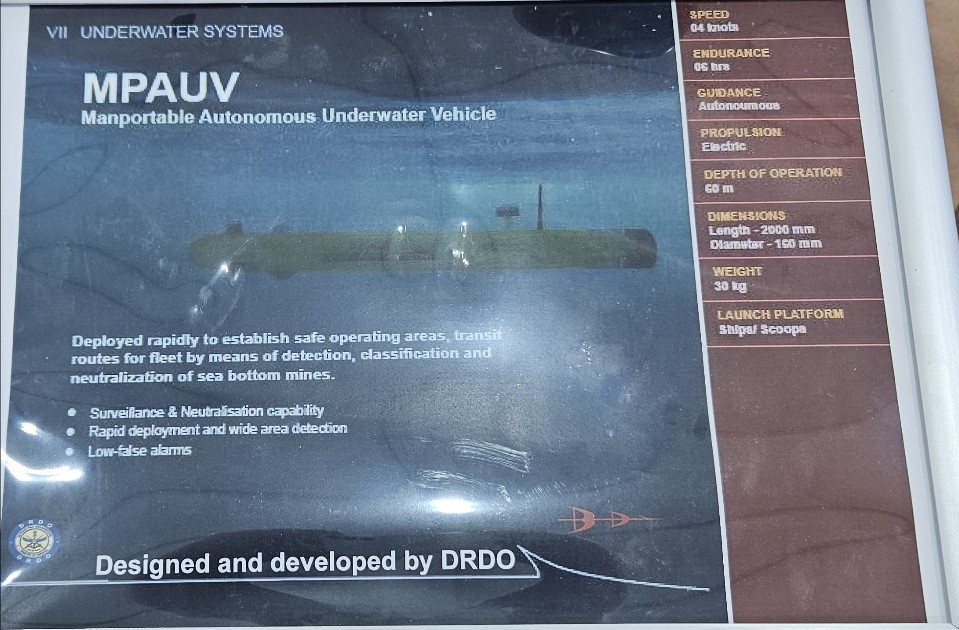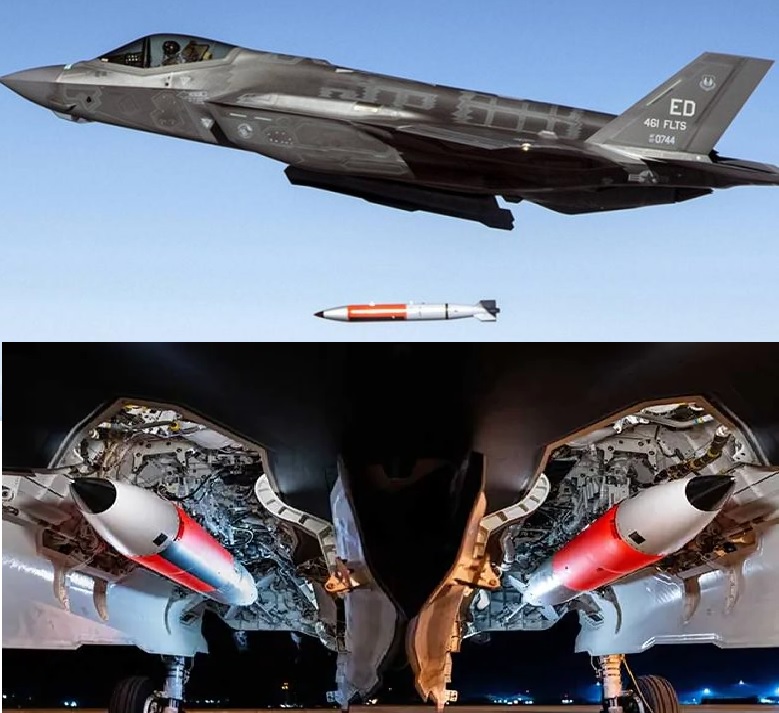Australia's Next-Gen Drone MQ-28A Ghost Bat Clears Major Test in Northern Territory Skies

Australia has taken a major leap forward in autonomous air combat technology with the successful completion of Exercise Carlsbad, a key field trial of its MQ-28A Ghost Bat unmanned combat aircraft. The exercise, conducted in April 2025 at RAAF Base Tindal in the Northern Territory, marked the first time the aircraft was tested outside the controlled environment of the Woomera Range Complex—proving its readiness for real-world missions and ability to operate alongside manned fighter jets.
Developed by Boeing Defence Australia in close partnership with the Royal Australian Air Force (RAAF), the Ghost Bat is part of the Collaborative Combat Aircraft (CCA) program. It’s designed to function not just as a drone, but as a combat teammate—working alongside advanced aircraft like the F-35A Lightning II, F/A-18F Super Hornet, and E-7A Wedgetail, offering support in surveillance, strike, and electronic warfare missions.
What Happened at Exercise Carlsbad?
The Ghost Bat was flown in aboard a C-17A Globemaster III directly from the Australian International Air Show. Within just seven days, it completed its first test flight, demonstrating how quickly the system can be deployed and activated. The exercise focused on testing the aircraft’s airframe, mission payloads, and onboard autonomy software in an unfamiliar, operationally realistic setting.
The outcome was a resounding success. The Ghost Bat proved its deployability, interoperability, and adaptability, validating not just the aircraft itself but also the support logistics and ground control systems needed for rapid deployment.
Inside the MQ-28A Ghost Bat
The Ghost Bat is Australia’s first indigenously developed combat aircraft in more than 50 years and symbolizes the country's growing capability in aerospace innovation. Here's a closer look at what makes it unique:
-
Length: ~11.7 meters
-
Wingspan: ~7.3 meters
-
Range: Over 3,700 km
-
Propulsion: Single jet engine
-
Design: Stealth-optimized, modular airframe
-
Payload: Internal bay for sensors, jammers, or weapons
-
Mission Types: ISR, electronic warfare, strike support, and more
-
Speed & Agility: Optimized for high-threat contested airspace
What sets the Ghost Bat apart is its AI-powered mission autonomy engine, allowing it to make real-time decisions, analyze threats, and execute missions independently or in coordination with human pilots. It features a modular design, enabling rapid changes to its payloads based on specific operational needs, whether for reconnaissance or offensive tasks.
Unlike traditional drones that require direct control, the MQ-28A is built to operate autonomously or in tandem with manned aircraft—a concept known as manned-unmanned teaming (MUM-T). This allows it to scout ahead, distract or absorb enemy fire, and engage targets without putting pilots at risk. It effectively extends the reach, survivability, and lethality of the RAAF’s manned assets.
The Ghost Bat uses secure digital links to communicate with manned jets and other systems, supporting joint mission execution. It also integrates digital twin technology, allowing engineers to simulate missions, test software updates, and refine performance using virtual models.
Strategic Significance
For the RAAF, the Ghost Bat offers more than just a new aircraft—it represents a transformation in air power doctrine. It enables a more distributed and resilient force posture, increases operational flexibility, and aligns with strategic goals of deeper interoperability with allied forces, particularly the United States.
The project started in 2019 and achieved its first flight by February 2021, thanks to rapid prototyping and digital engineering. Since then, it has gone through continuous upgrades and tests, positioning it among the world’s most advanced unmanned combat systems.
With the success of Exercise Carlsbad, the MQ-28A has proven it’s not just a concept—it’s operationally viable and ready to play a vital role in defending Australia’s skies. As testing continues through 2025, the Ghost Bat is likely to become a key component in the future of autonomous air warfare, paving the way for similar systems across allied air forces.
✍️ This article is written by the team of The Defense News.






